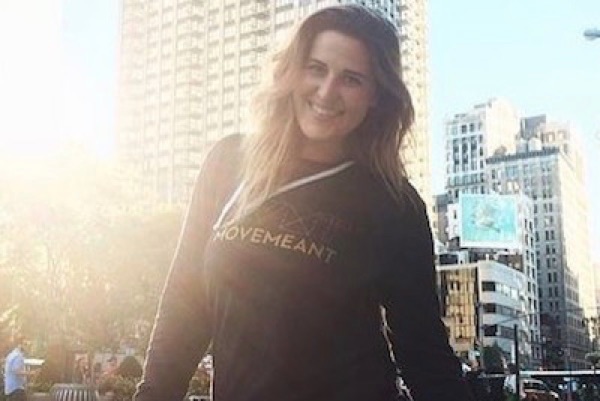NYPD defended Kyung Hyun when he killed cyclist Kelly Hurley with a box truck in Manhattan last year. Fifteen months later Hyun pled guilty to a misdemeanor for violating Hurley's right of way.
On the morning of April 5, 2017, Hyun drove across several lanes of traffic to make a left turn off First Avenue onto Ninth Street, striking Hurley, 31, as she traveled north through a "mixing zone" in the First Avenue bikeway.
Witnesses said Hurley was conscious as she lay pinned to the street, unable to move. She sustained head trauma and was removed from life support a week after the crash.
Sober drivers who harm people can usually count on NYPD to exonerate them in the press, but the department went above and beyond for Hyun.
Speaking to the Village Voice, Detective Ahmed Nasser said Hurley “slipped off her bike” and “slid under the truck as he made the turn.”
State law requires motorists to exercise due care to avoid hitting people, but Nasser hemmed and hawed when the Voice asked if Hyun should have been watching for pedestrians and cyclists in his path:
“Well, I suppose you can say one or the other, but it seems like he probably didn’t see her, and she was going up north, he was making a left, he’s actually already into the intersection, he was already making the turn. She probably didn’t stop in time, and she slipped and fell under… He’s already in, she tried to stop, she came off the bike, she slipped under the truck.”
Rather than crack down on drivers for failing to yield, NYPD deployed officers to ticket cyclists near the crash site in the aftermath of Hurley's death.
Contrary to the NYPD's knee-jerk victim-blaming, evidence revealed that Hurley had the right of way when she was struck. Hyun, then 59, was charged under city code Section 19-190, a.k.a. the Right of Way Law, in addition to failure to use due care, which is a traffic infraction. He pled guilty to both charges on July 10, according to court records, and is scheduled to be sentenced in September.
Data show intersections with split-phase signals for drivers and cyclists are safer than those with mixing zones. DOT developed intersection designs that better separate cyclists and motorists, but does not deploy them by default in its projects.






